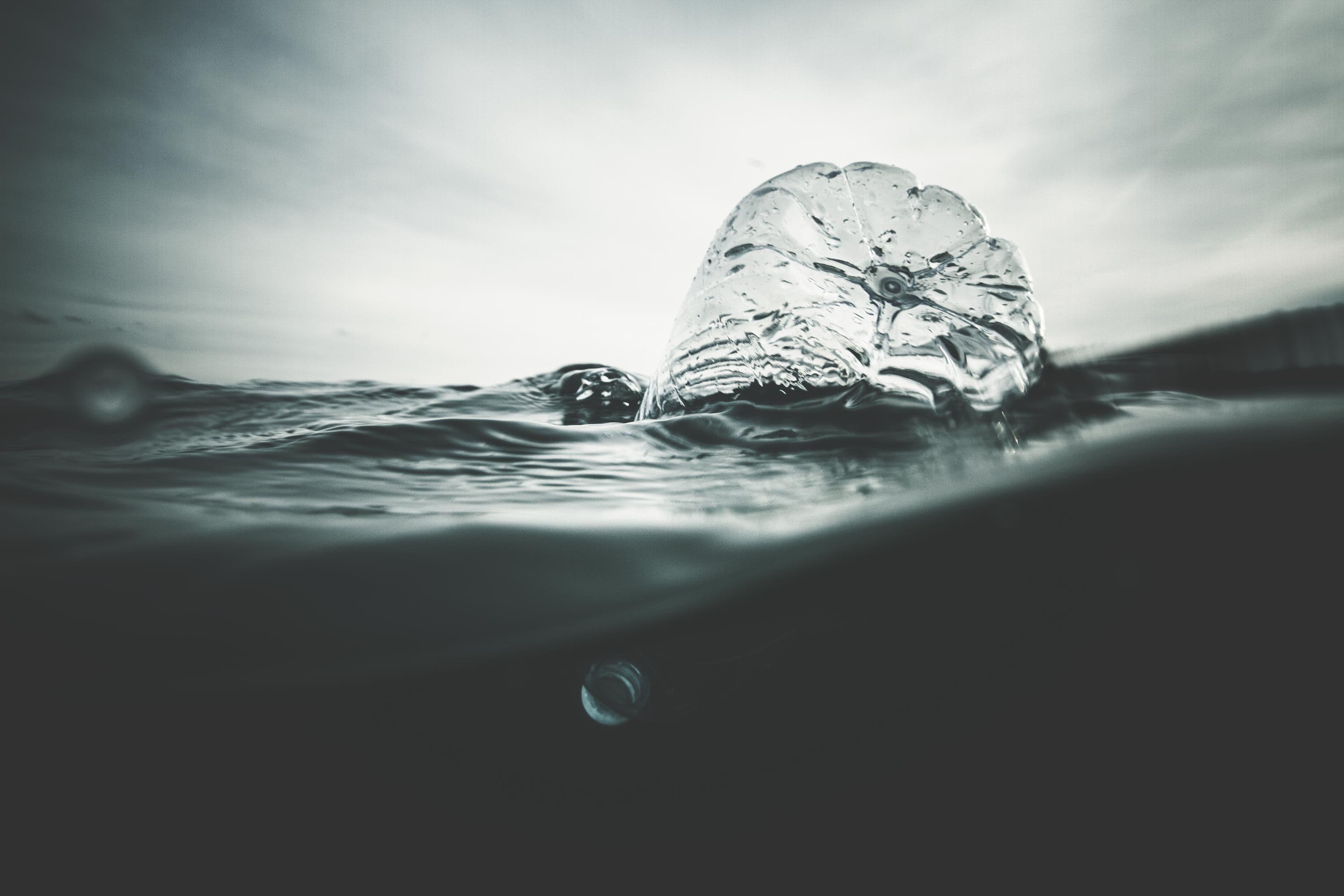Our Impact
Freshwater use

Building a water secure future for all is a key component of a more sustainable food system. Grieg Seafood is committed to use our freshwater resources sustainably today and in the future.
We adhere to the following principles for freshwater use:
- According to the World Resource Institute and its Aqueduct water risk atlas, our farming operations are in areas where there is low risk associated with freshwater use. Therefore, following local regulations is our main approach to ensure sustainable freshwater use.
- Recirculating Aquaculture Systems (RAS) is the preferred technical solution for our hatcheries, smolt and post-smolt facilities.
- We do not contribute to freshwater pollution and we only discharge wastewater from our freshwater facilities and processing plants to sea in coastal areas where there is low or low/medium risk associated water quality (Coastal Eutrophication potential), ref. WRI, Aqueduct water risk atlas. All our processing plants have installed treatment systems removing solids and nutrients in line with the discharge permits from local authorities, ensuring that the environmental condition and good caring capacity of the local recipient is maintained.
- We monitor our freshwater use in all land-based facilities.
- Freshwater use when producing feed raw materials or ingredients should be sustainable.
- Going forward, we will make a more thorough water risk assessment for the company.
Freshwater withdrawal
The freshwater sources are mostly local surface water from lakes or rivers, or groundwater from wells in nearby aquifers. As our sites are located close to the sea, most of the freshwater is sourced towards the end of the stream, with few or no activities sourcing water between our operations and the ocean.
Freshwater withdrawal in our own facilities during 2022:
The following is not concluded in the table: Freshwater consumption in our supply chain or contract facilities, seawater consumption, recirculated freshwater in our RAS-facilities, or the effect of return of treated wastewater to the watershed. Use of potable freshwater in offices or on farms is negligible compared to freshwater consumption in our production processes and therefore not fully included in our statistics. The increased water consumption at our freshwater facility in Newfoundland is a result of growth in biomass and production.
*Based on COASTAL EUTROPHICATION POTENTIAL, ref. WRI Aqueduct data
Related articles

